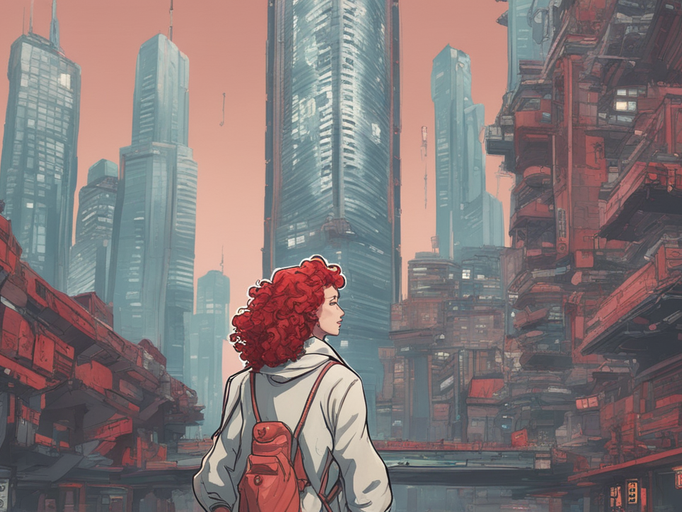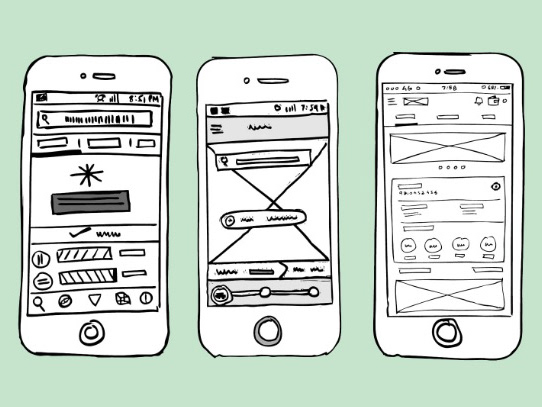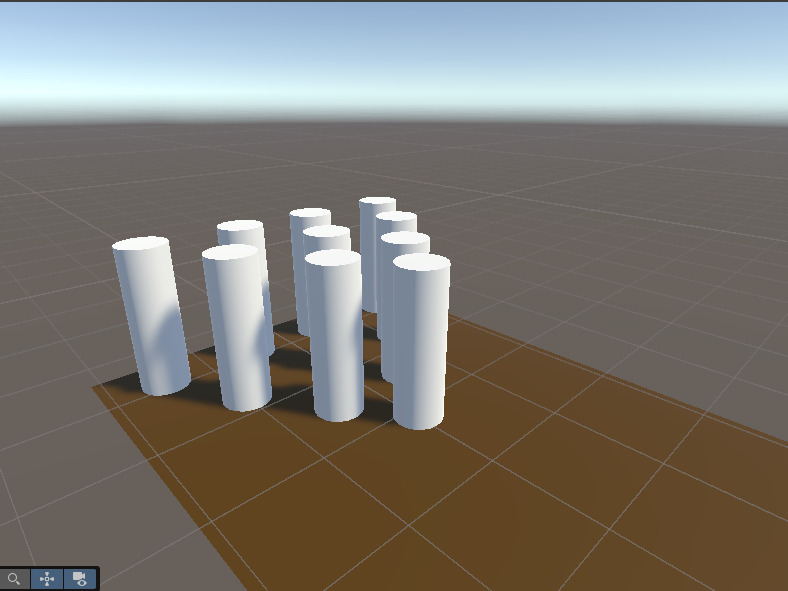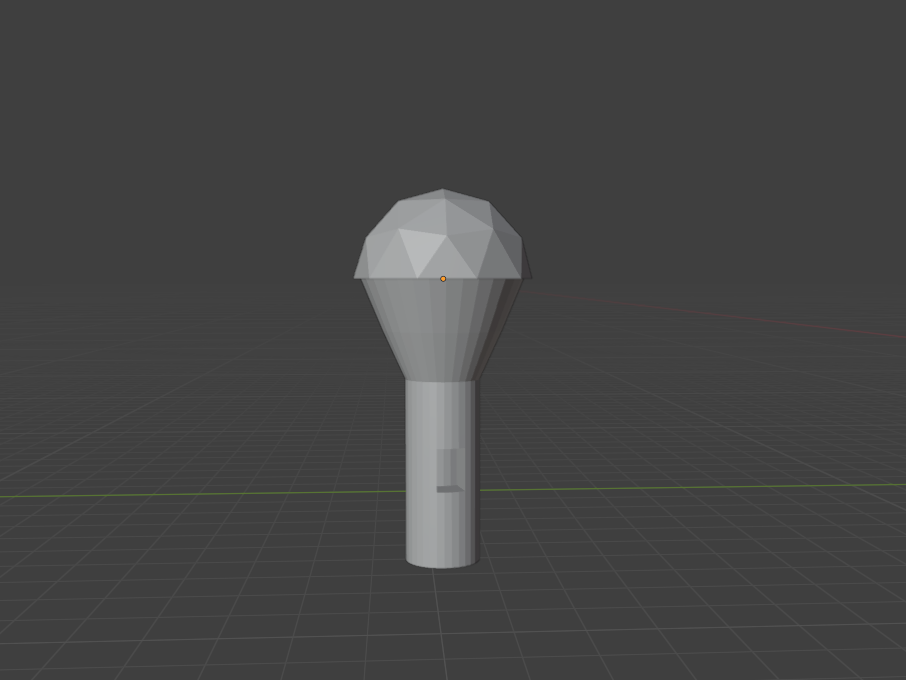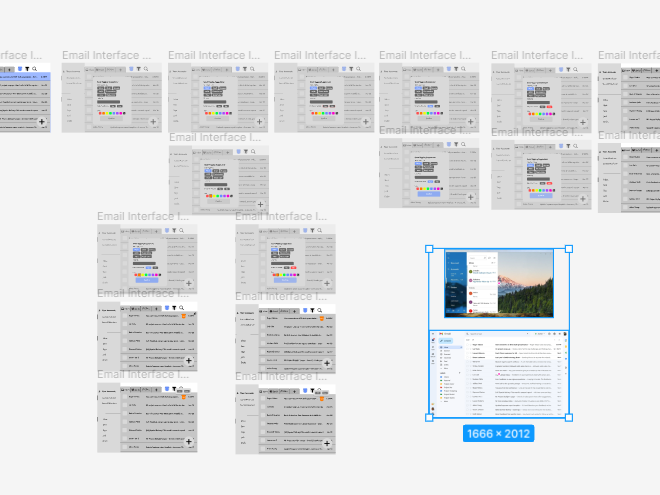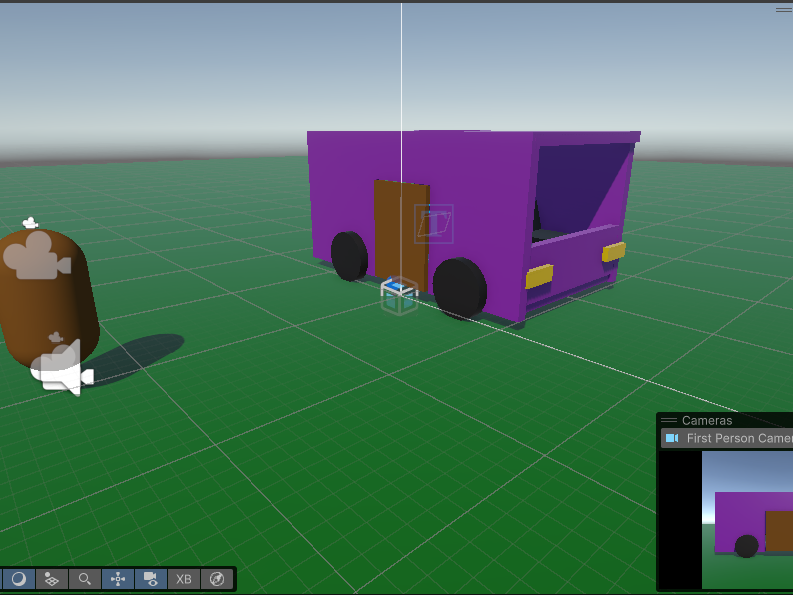We were asked to read chapter 13 of "Storytelling for User Experience", and pick three quotes that do and do not make sense to me and find the main takeaway from the article for me personally.
Quote that made sense to me: "In this story, each of the blind men touched a different part of the elephant, and came away with a different perspective. None of their experiences were wrong, but none of them reflected the entire elephant, either."
This quote made sense to me because this part of the reading is about perspective, and this example gave me a really good understanding of how to see perspective and what it really is. The book later talks about how perspective can really shift the tone and delivery of a story, which makes complete sense to me. It gives perspective, a whole new perspective- I know, kind of funny, but it's true. While I was reading this part of the book, I was thinking about how this can lead to many false information being spread out because of not knowing the full perspective. I learned that perspective is a crucial element in great story-telling and a powerful tool we can hone and learn.
A quote that does not make sense to me: "The impressionist story describes a missed business meeting. It draws no conclusions, but might suggest a few ideas about the people in the story."
This quote or the "impressionist" concept does not really make sense to me. I think it just confuses me, the way the book describes to us what impressionist tales are not clear. It depicts these tales are intended to spark ideas and actions in the readers, which I think is a pretty vague description. Maybe a better example of an impressionist tale would do it justice.
This quote "Imagery works with all the other ingredients— perspective, context, and character. It makes them memorable by adding word pictures that describe specific details." made sense to me.
I think the examples the paragraph gave made me imagine how to create imagery when creating stories. The example provided in the text is using time (5pm), imagery (post-its) and how the office is covered with it, a half-eaten sandwich, and typing noises from the keyboard. This short example of imagery really helps me imagine and build the world on my own. I think this is really inspiring how short descriptions of imagery can bring a scene to life. Like the text mentioned, it helps us imagine that this women is working over-time, presumably on a deadline, which indicates the post-it notes, half eaten sandwich, and its 5pm. After reading this part of the text, it really inspire me how imagery is a powerful tool in great story-telling.
The main takeaway from the article for me personally, is that this chapter is setting us up with the foundations or ingredients on how to construct a really good story. These concepts help us create meaning and texture for our stories. Concepts like Perspective, Characters and how to create one, Context, Imagery, and Language. These are all essential to great storytelling and making them rich and powerful. If we want to create meaningful stories, we have to learn and master these ingredients. I learned a lot about story-making while reading this chapter, it was fun and highly informative with many valuable concepts.

